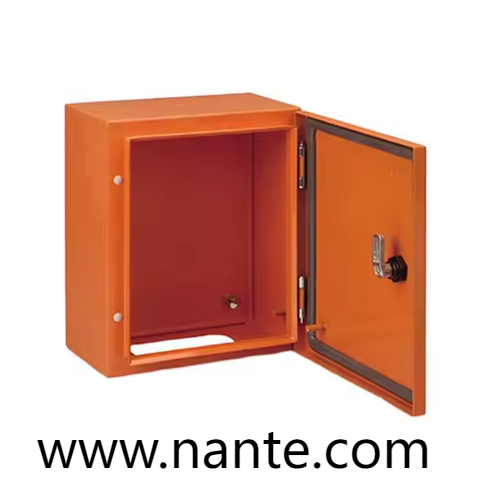How to Install an Outdoor Electrical Distribution Panel with Confidence

In many residential and commercial settings, an outdoor electrical distribution panel provides the critical junction point for routing power to multiple circuits. Proper installation of this device not only ensures reliable energy delivery but also safeguards equipment and occupants against weatherrelated hazards. By following a clear, methodical approach to mounting, wiring and sealing, installers can achieve professional results that enhance system longevity and reduce maintenance demands.
First, site selection plays a pivotal role in any installation project. Choose a location that offers easy access for routine inspection while remaining clear of standing water and debris. A level, stable surface—such as a reinforced concrete pad or treated timber base—promotes even weight distribution and prevents structural stress. Position the panel so that controls and indicators face outward, allowing technicians to perform visual checks without exposure to harsh elements.
Next, secure the enclosure using corrosionresistant fasteners and mounting brackets designed for exterior use. Verify that anchor bolts penetrate solid material and that all hardware achieves the manufacturer's recommended torque settings. Once the enclosure is firmly in place, apply a continuous bead of weatherproof sealant around the perimeter where the housing meets the mounting surface. This barrier prevents moisture ingress and dust accumulation while preserving panel integrity under heavy rain or winddriven particulates.
Then, begin routing feeder cables through appropriate conduit entries. Use conduit bodies and compression fittings approved for outdoor applications to maintain a watertight connection. Inside the panel, arrange conductors neatly along bus bars and terminal blocks, leaving sufficient slack to accommodate thermal movement. Tighten all connections to preserve electrical continuity and minimize the risk of arcing. Ensure that grounding conductors bond securely to the enclosure and local ground electrode system, forming a protective path for fault currents.
Following conductor installation, install circuit protective devices according to the anticipated load of each branch circuit. Slide breakers or fuses into designated slots, verifying that each device matches the panel's load rating and trip characteristics. Label every circuit zone clearly, using weatherresistant tags or engraved plates. Proper identification accelerates troubleshooting and allows maintenance personnel to isolate faults quickly without disrupting unintended circuits.
Next, test the assembly before energizing. With all covers in place, use a lowvoltage tester to confirm proper grounding and absence of shortcircuit conditions. Check torque on all terminations one more time to account for any settling that might occur during initial assembly. If the installation includes remote monitoring features, connect sensors and verify communication with the control center. This proactive validation helps detect potential issues before they impact downstream equipment.
After confirming safe operation, restore power and perform a liveload check. Observe each branch circuit as loads are applied, ensuring that protective devices trip at the intended thresholds and that voltage remains stable under varying demands. Listen for abnormal sounds, such as buzzing or arcing, which may indicate loose connections or component misalignment. Address any irregularities immediately to uphold operational safety.
Finally, document the installation details for future reference. Record enclosure model, mounting height and wire gauge for each feeder and branch circuit. Store this information alongside singleline diagrams and manufacturer literature. Wellorganized records support compliance audits, streamline repairs and reduce downtime when modifications or expansions are needed.
By adhering to these guidelines, installers and facility managers can achieve a robust setup that stands up to environmental stressors and minimizes unplanned interruptions. An expertly installed outdoor electrical distribution panel not only delivers dependable power distribution but also provides a foundation for scalable system upgrades and performance monitoring.To explore our range of distribution panels and installation support, visit https://www.nante.com/product/ .
- Art
- Causes
- Crafts
- Dance
- Drinks
- Film
- Fitness
- Food
- Jogos
- Gardening
- Health
- Início
- Literature
- Music
- Networking
- Outro
- Party
- Religion
- Shopping
- Sports
- Theater
- Wellness

